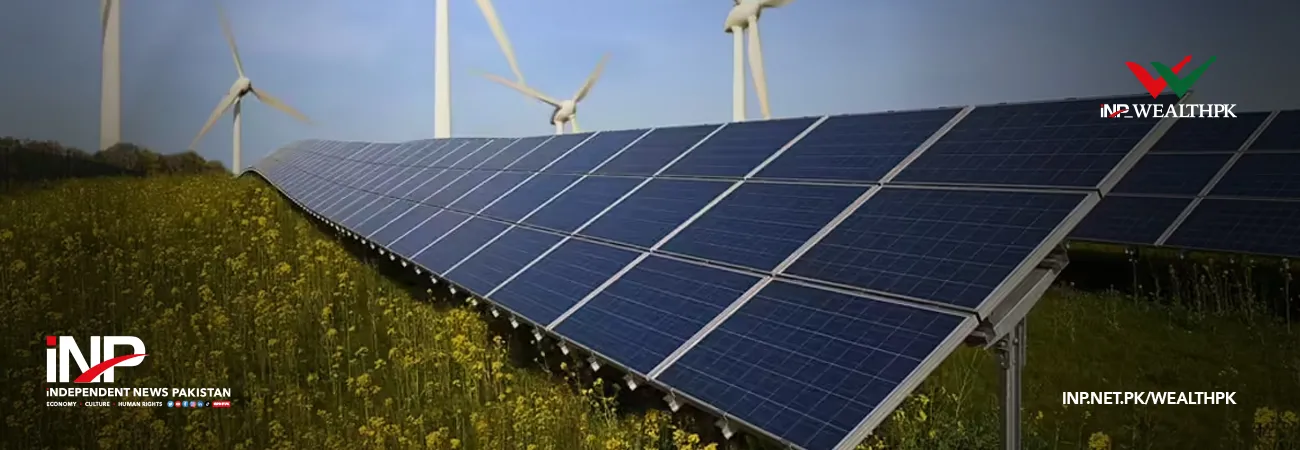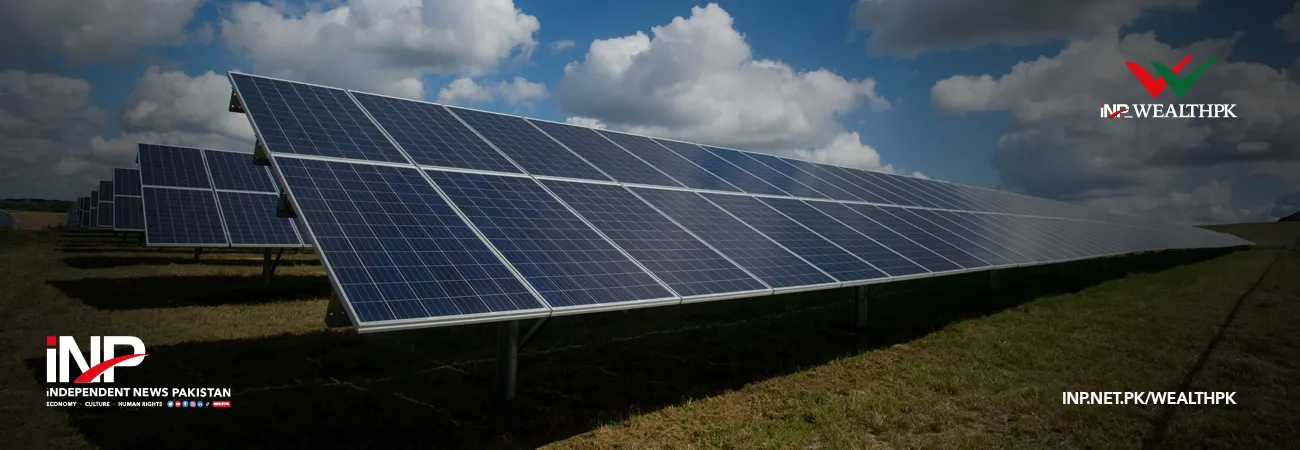INP-WealthPk
By Muhammad Mudassar ISLAMABAD, April 01 (INP-WealthPK): The demand for electricity has significantly increased due to the rising temperature in Pakistan. Pakistan Disaster Management Authority (PDMA) has issued a warning about the heatwave during this week around the country with temperatures expected to shoot up unusually by up to 10 degrees Celsius. Persistent high pressure in the upper atmosphere is likely to scale up the daytime temperature to an unusual peak in the current week. With fuel cost adjustments in power tariffs going through the roof, the government is struggling to ensure fuel supplies in the coming summer months amid higher global prices and supply constraints. The Power Division has asked the Petroleum Division “to make necessary arrangements to meet RFO (request for offer) requirements to the power sector” and insisted that “LNG should be made available as per the dispatch merit requirements to enable cheaper power generation”. The National Transmission and Dispatch Company (NTDC) of the Power Division while placing firm LNG and RFO orders has claimed that the estimates were based on hydropower and variable renewable energy generation capability as per historical average. It added that the delay in the scheduled outage of Tarbela’s third and fourth tunnels and its effect on reservoir level in subsequent months had also been considered while calculating the fuel requirement. Variation in consumption may be observed, as actual system dispatch will depend on plant availability, system demand, merit order, and availability of the network. The estimates also consider the availability of Kanupp-III plant of about 1,100 megawatts and Lucky Power of about 660MW as per their expected operationalisation dates. A nuclear plant of Kanupp was reported to be on the forced outage, which will impact the scheduled outage of the plant that was previously allowed on April 12, 2022. It has become increasingly common that reference fuel costs approved by the government and the regulator turn out to be highly unrealistic, putting a question mark on their economic and financial analytical skills. In recent months, the actual fuel costs have surpassed reference rates by a wide margin that went beyond 100% to 116%. This resulted in sudden price shocks to consumers on account of monthly fuel adjustments on top of repeatedly increasing base power tariffs, apparently at the behest of foreign lenders. This also comes at a time when the government wants consumers to utilise more electricity to reduce the impact of capacity charges. Moreover, fuel requirements are also prepared, keeping in mind the contingency reserve requirement of the power system.













